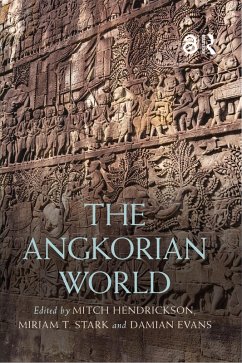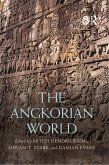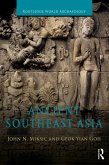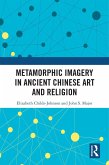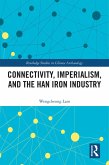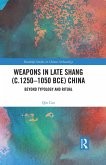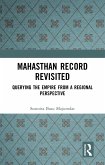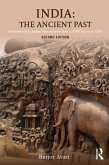Comprehensive and accessible, this book will be an indispensable resource for anyone studying premodern Asia. The volume's first of six sections provides historical and environmental contexts and discusses data sources and the nature of knowledge production. The next three sections examine the anthropogenic landscapes of Angkor (agrarian, urban, and hydraulic), the state institutions that shaped the Angkorian state, and the economic foundations on which Angkor operated. Part V explores Angkorian ideologies and realities, from religion and nation to identity. The volume's last part reviews political and aesthetic Angkorian legacies in an effort to explain why the idea of Angkor remains central to its Cambodian descendants. Maps, graphics, and photographs guide readers through the content of each chapter. Chapters in this volume synthesise more than a century of work at Angkor and in the regions it influenced.
The Angkorian World will satisfy students, researchers, academics, and the knowledgeable layperson who seeks to understand how this great Angkorian Empire arose and functioned in the premodern world.
The Prologue and Chapters 2, 10, 15, 23, 30 and 32 of this book are freely available as a downloadable Open Access PDF at http://www.taylorfrancis.com under a Creative Commons (CC-BY-NC-ND) 4.0 license.
Dieser Download kann aus rechtlichen Gründen nur mit Rechnungsadresse in A, B, BG, CY, CZ, D, DK, EW, E, FIN, F, GR, HR, H, IRL, I, LT, L, LR, M, NL, PL, P, R, S, SLO, SK ausgeliefert werden.

